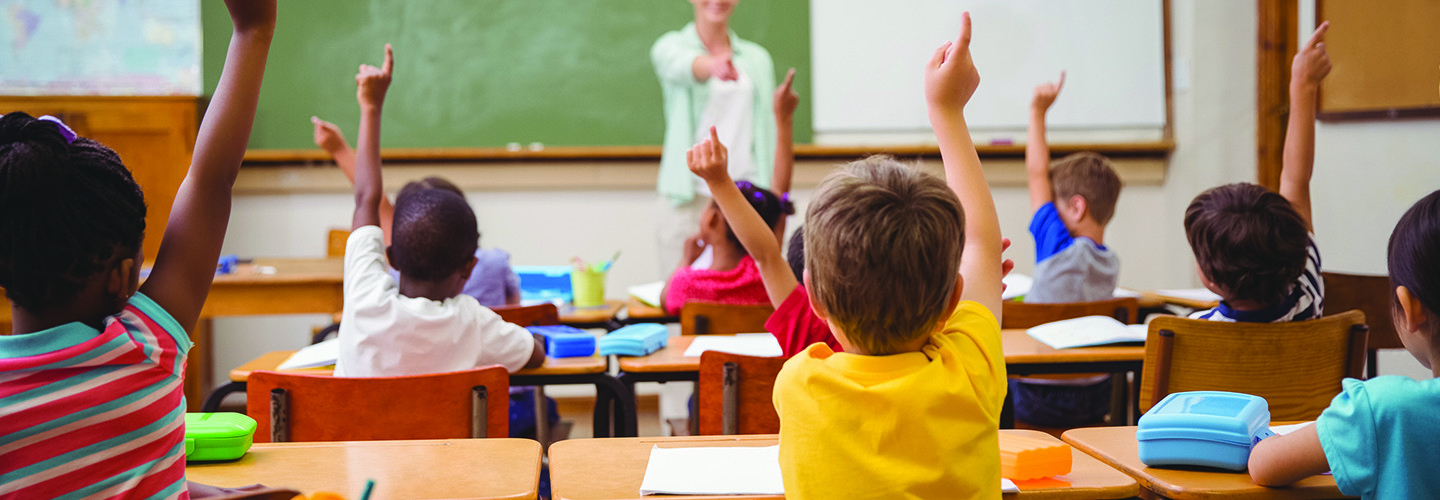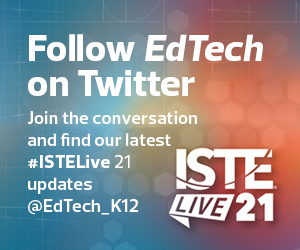Moving Away from One-Size-Fits-All Education
Todd Rose, who founded the Laboratory for the Science of Individuality at the Harvard Graduate School of Education during his time as a professor there, agreed that education should not go back to the way it was.
What people are asking for is not necessarily better but different, he said. The previous industrial, one-size-fits-all educational system “denied whole-child distinctiveness,” he said, and “we had to scale through depersonalization.”
Rose said there is a fundamental shift toward helping kids figure out who they are and what they care about. “The good news is we have everything we need right now to make that a reality for every kid in this country,” he said.
The author’s previous publications have addressed an educational system built on the incorrect assumption that the average student exists and that this is good enough as a model. However, the science of individuality has shown there is no such thing as an average person, he said.
“Our North Star is a commitment to ensuring an equal fit between individuals and their environment for every single kid,” Rose said. “If we get that right, you will be shocked at what all kids are capable of and realize it is the arbitrary system we designed that is holding back a whole generation of kids who could be contributing meaningfully to society.”
Rose said the most innovative educational models do the following:
- Break away from the national norms. Successful educational models are laser-focused on responding to the diverse values and needs of the community.
- Focus on mastery. Rose noted that learning is variable and that every student is capable of high achievement, but we need to be flexible about time and strategy to ensure their achievement.
- Put relationships at the center. Rose said that while we need technology to scale community-embedded and personalized education, tech is not the answer to everything. “The human relationship is the heartbeat of all learning, and when done right, technology augments and enhances learning,” he said.
- Know that a commitment to autonomy doesn’t mean isolation. Educators should “respect individual learners and their ability to have meaningful interactions about what it is they learn and how they learn,” Rose said.
MORE FROM ITSELIVE 21: Learn what educators can do to protect student privacy.
Teaching Kids to Be Savvy Digital Citizens
Continuing the theme of education having a moment to reset and innovate, ISTE CEO Richard Culatta, one of conference’s final speakers, addressed the need to remove the previous fear-based models of teaching students about using technology.
Culatta noted that while our relationship with tech has changed and needed to change, most of the narrative that parents and teachers share with kids around tech is negative and narrow.
He said educators should ask themselves how children can become amazing humans in a digital world and consider the role of parents and teachers in making that happen.
“Our biggest national security risks are not bombs or physical warfare,” Culatta said. “It’s that we as a society are susceptible to being manipulated in virtual spaces because we have not built up the muscle and we have not helped our kids build the muscles to distinguish between what is real and what is fake.”
To help students develop into responsible digital citizens, he said, teachers and parents should set conditions for device use, teach balance, expand students’ digital palettes by suggesting new sources of information and model how to use technology for problem-solving.
“We’ve all experienced disruption,” Culatta said. However, “disruptions, as painful as they are, set the conditions for us to be able to innovate and do new things. … That is the moment we are in as an education community right now.”
He continued, “If we can leverage that moment, leverage this chance to rethink, redesign and reset some things, we can actually create a future learning environment experience that is far better than the one we started with before we went into the pandemic 18 months ago.”










